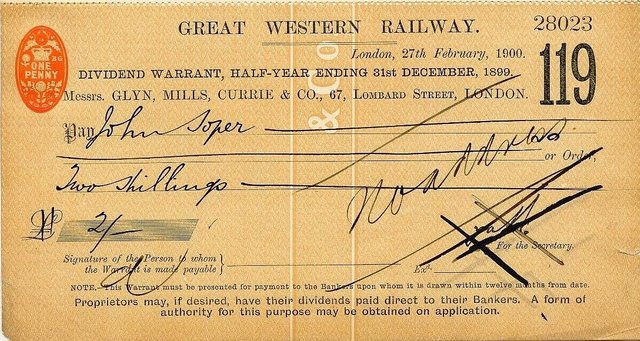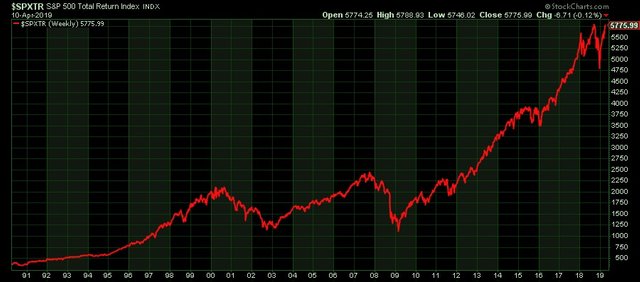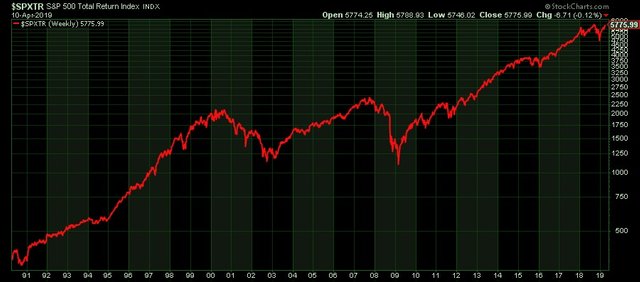Why are dividends better than interests?

Stocks (shares in companies) are very risky investments, not ideal for the average employees or small investors. State (sovereign) bonds or treasury bills are safe but actually not very lucrative – the interests are very low in most countries. Dividend stocks can be a good compromise between the two category. What are the advantages and disadvantages of them?
Growing payments
The greatest advantage for me is the possibility of growth. Most bonds provide a sure, fixed income, the interests aren’t moving, neither upwards, nor downwards. (There are also many bonds with floating interest but that is another complicated story.) Dividends can go higher but also lower. Dividend or high dividend stocks can be more secure than other stock, but still are also risky.
But typically, in normal capitalist environment, in a successful country, and on long term, there is economic growth, and the average companies can benefit from this. The typical company can increase revenues, earnings and dividends. (Or it can invest the cash flow in other businesses for more earnings later. But these companies are called more growth oriented than dividend oriented, then.)
Decent and boring
What is the effect of increased dividends? How can this influence the yield of the investors? I made a small table to show that. German government bonds are paying these days, for 10 years, 0 percent. Yes, nothing, zero (nichts, nix). Sometimes it also goes below zero, investors are paying themselves for the bond issuers for holding their bonds. Crazy. US bonds are better, have a yield of 2.48 percent today, and over the actual dollar inflation.

In the table, US bonds have a yield of 2.5 percent p. a., and German ones, zero. The first theoretical dividend stock pays 3 percent (of the stock market price), and the dividend grows 3 percent every year. At the end, we sell the stock at the same price we bought it. The yield is decent, not very high, 3.41 percent in 10 years, in yearly basis. Some better than the bonds.
That is what we want
In the second case, we estimate a 6 percent annual dividend growth, and also a stock market price growth at the end. Because that is, what normally stock market prices are doing – see the chart about the S&P 500 USA stock market index (total return version). The price can increase because of the higher dividend, because of good market sentiment. But also if interest rates fall (dividend coupons are getting more valuable in this case), and the inflation can do us also some favor.

S&P 500 Total Return (Chart courtesy of Stockcharts.com, click to enlarge)
In this optimistic case, our annual yield reaches 10 percent p. a. That is something we hope if we buy a stock. In reality, there are many stocks with growing dividend and reliable payments. The best of them are called dividend aristocrats, they are which increased their dividends at least every one of the last 25 years. (A list here.)
The worst case
But to be honest, we must count with worse case scenarios, too. My dividend stock number 3 is such a case, with stagnating dividends and a 30 percent price fall at the end. In this case, our yield would be exactly zero. But the last worst case is, like always on stock market: you can lose all your money.
I think most people should pay more attention to their savings, future retirement, investments. Since the crisis in 2008-2009, and with the quick technological advancements (robotization, automation, artificial intelligence) our future seems to be much less secure than before. We should take more care of ourselves and of our money.
A good video about the theme (I don’t know the author but I agree with most points.)
(Photo: Wikimedia Commons)

S&P 500 Total Return, logarithmic scale
(Chart courtesy of Stockcharts.com, click to enlarge)
I am going to put some money (stablecoins) into the lending platforms, they offer 6.5% a year...
"Some" sounds good, cautiously. Because, what if the platform dies (defaults)?
I appreciate the educational content you have provided here, but I think I disagree with your first sentence: "Stocks (shares in companies) are very risky investments"
I think you mean that SOME stocks can be risky investments. There are some very solid companies out there who's stock has been rock solid for years. I just wanted to point that out as to not scare away new investors from stocks.
How you measure risk? Soverign bonds are considered as secure, with almost 0 percent of risk of default. (Issued in national currency.) But shares, a particular share can fall to 0.
Or, you can measure risk with volatility. The 10y bond volatility index (TVIX) value is now 3.4, the VIX (S&P 500 volatility index) by 12.7.
But what is "very risky", is subjective.
https://www.investing.com/indices/10-year-us-treasury-note-volatility
https://www.investing.com/indices/volatility-s-p-500